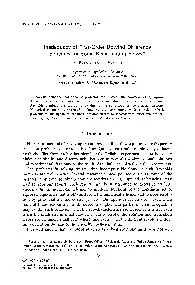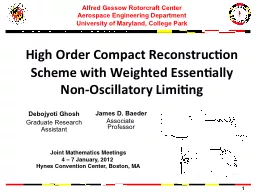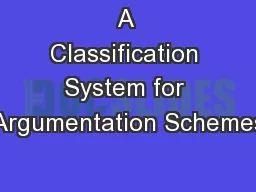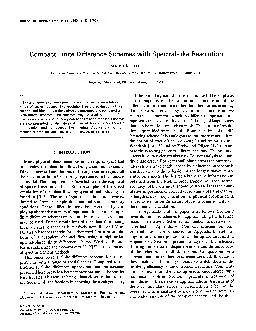PDF-Inadequacy of First-Order Upwind Difference Schemes for Some Recircula
Author : briana-ranney | Published Date : 2015-11-30
93 128143 1991 A BRANDT AND I YAVNEH of Applied Mathematics The Weieimann Institute of Science Rehouot 76100 Israel Received October 28 1988 revised September 6
Presentation Embed Code
Download Presentation
Download Presentation The PPT/PDF document "Inadequacy of First-Order Upwind Differe..." is the property of its rightful owner. Permission is granted to download and print the materials on this website for personal, non-commercial use only, and to display it on your personal computer provided you do not modify the materials and that you retain all copyright notices contained in the materials. By downloading content from our website, you accept the terms of this agreement.
Inadequacy of First-Order Upwind Difference Schemes for Some Recircula: Transcript
Download Rules Of Document
"Inadequacy of First-Order Upwind Difference Schemes for Some Recircula"The content belongs to its owner. You may download and print it for personal use, without modification, and keep all copyright notices. By downloading, you agree to these terms.
Related Documents














